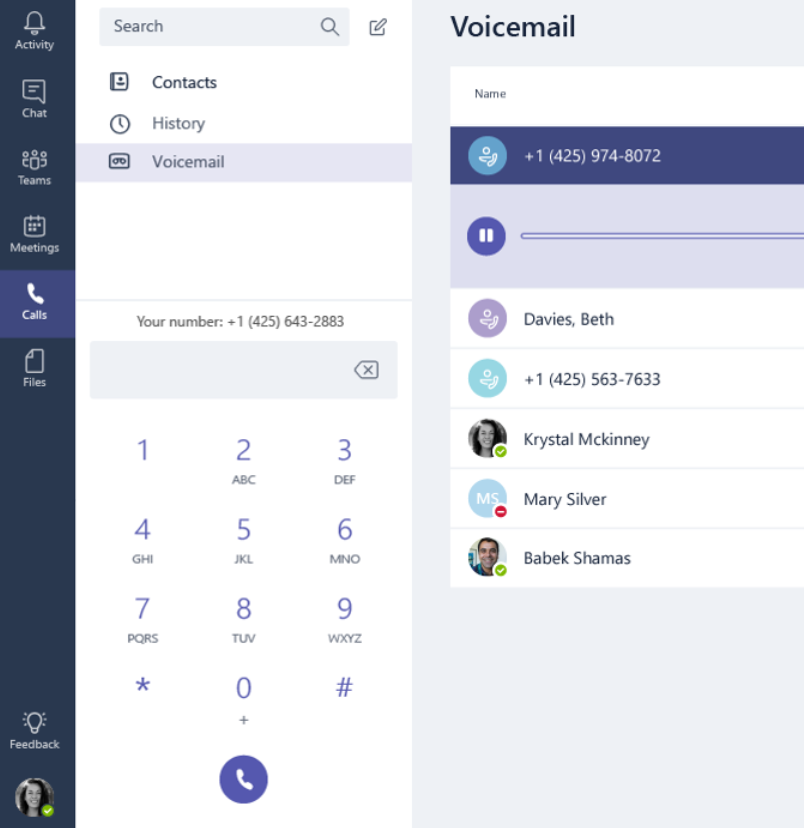

New or incoming calls can be rejected with a busy signal or can be routed accordingly to the user's unanswered settings. Busy on busy is available when in a callīusy on Busy (Busy Options) lets you configure how incoming calls are handled when a user is already in a call or conference or has a call placed on hold. Setting this to On will send calls through the PSTN and incur charges rather than sending them through the network and bypassing the tolls. Prevent toll bypass and send calls through the PSTN For more information, see Share a phone line with a delegate. This setting enables inbound calls to be routed to delegates, allowing delegates to make outbound calls on behalf of the users for whom they have delegated permissions. Delegation for inbound and outbound calls This setting controls whether incoming calls can be forwarded to a call group. Inbound calls can be routed to call groups User controlled Users can determine whether they want voicemail to be available.Disabled Voicemail is not available for inbound calls.Enabled Voicemail is always available for inbound calls.This setting enables inbound calls to be sent to voicemail. Voicemail is available for routing inbound calls This setting controls whether incoming calls can be forwarded to an external number or can ring an external number at the same time. Call forwarding and simultaneous ringing to external phone numbers This setting controls whether incoming calls can be forwarded to other users or can ring another person at the same time. Call forwarding and simultaneous ringing to people in your organization Turn this off to turn off all calling functionality in Teams. This setting controls all calling capabilities in Teams. Here are the settings that you can configure for calling policies. To learn about the different ways that you can assign policies to users, see Assign policies to your users in Teams. You can assign a policy directly to users, either individually or at scale through a batch assignment (if supported for the policy type), or to a group that the users are members of (if supported for the policy type). Make the changes that you want, and then click Save.Click next to the policy that you want to modify, and then select Edit.In the left navigation of the Microsoft Teams admin center, select Voice > Calling policies.

To prevent routing to voicemail, select Disabled.įollow these steps to edit an existing calling policy. To control whether users can route inbound calls to voicemail, select Enabled or User controlled.Turn on or turn off the features that you want to use in your calling policy.



 0 kommentar(er)
0 kommentar(er)
